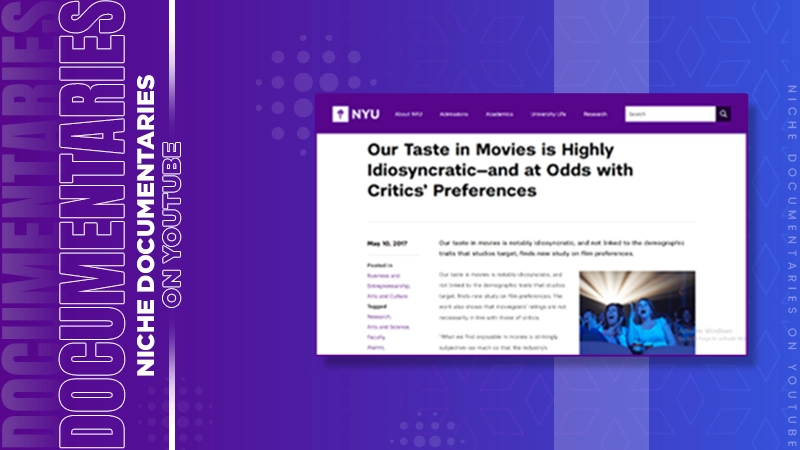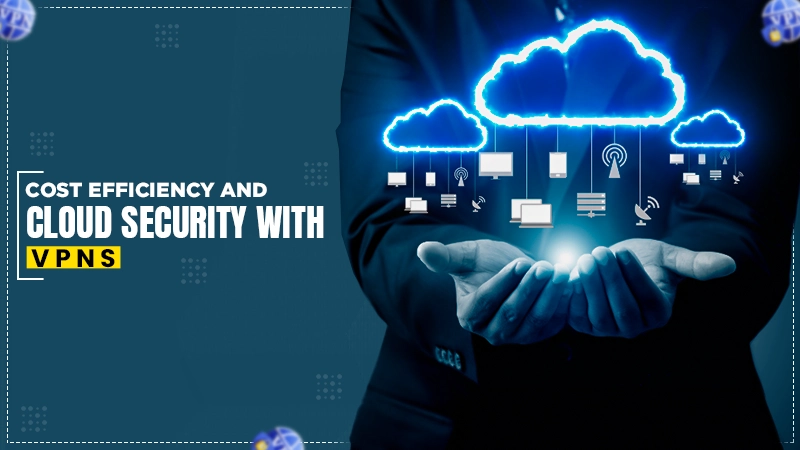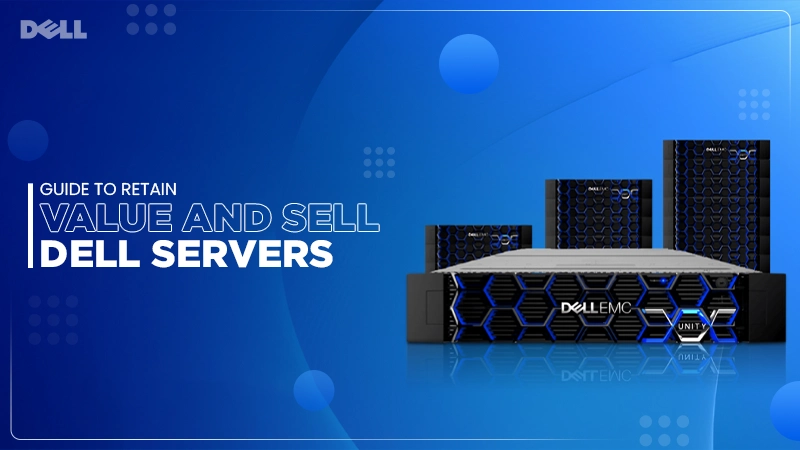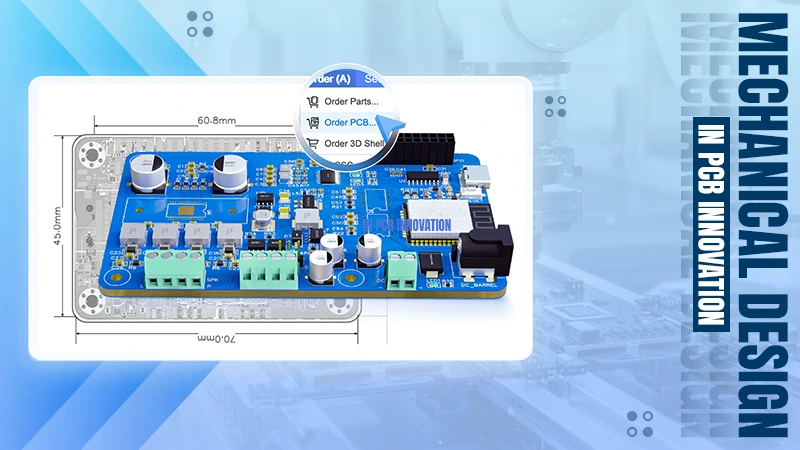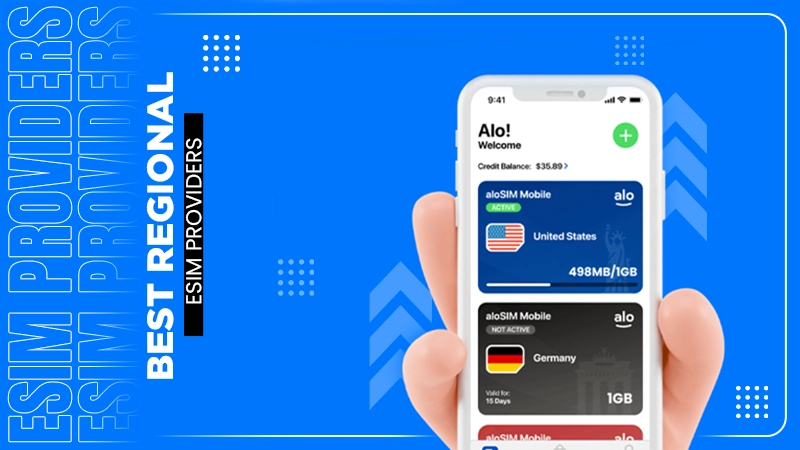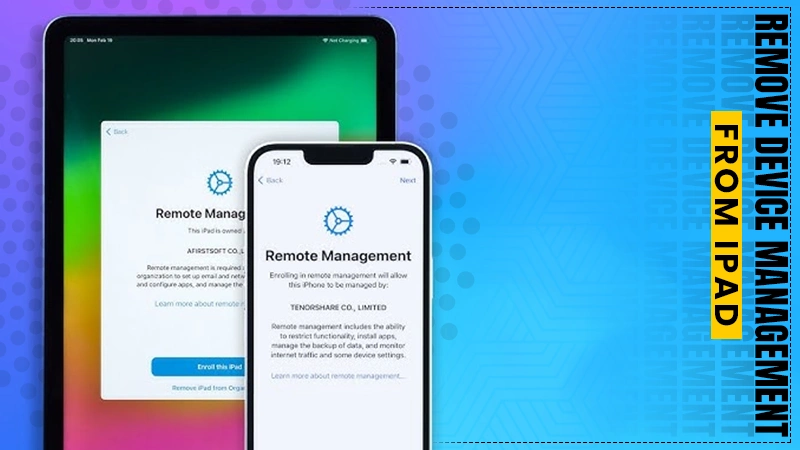What is DeFi Lending & How Does it Work?
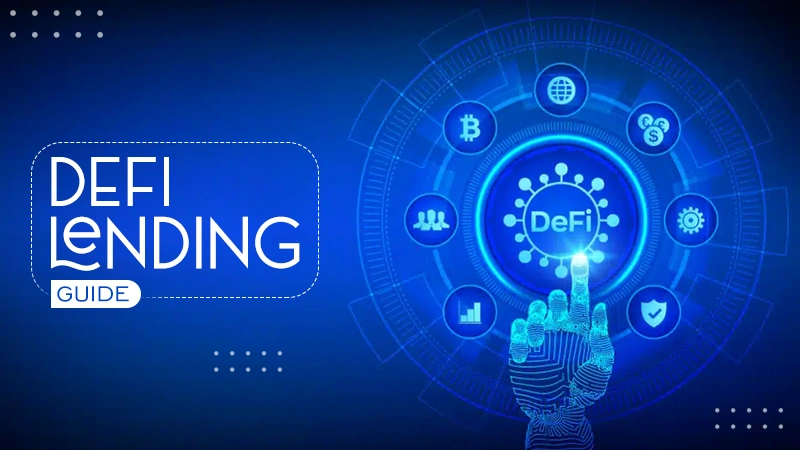
DeFi lending is redefining access to credit by helping lenders and borrowers bypass traditional financial intermediaries through the use of blockchain technology. Smart contracts on the blockchain take the place of a financial institution in managing the involved transactions and enforcing the terms of credit.
This guide explores how DeFi lending works, focusing, in particular, on how smart contracts help with securing the loans and the requirements you need to meet to participate either as a lender or a borrower. We’ll also look at the advantages and constraints of DeFi lending and also answer the question of whether it stands as a viable alternative to traditional finance.
What is DeFi Lending?
Decentralized Finance (DeFi) lending is a type of financial service that allows you to lend or borrow digital assets like cryptocurrencies on applications built on blockchain, which removes the need for intermediaries like banks.
DeFi lending uses smart contracts, which are self-executing agreements written in computer code on a blockchain, to automate and facilitate the lending process.
By removing intermediaries like banks from the lending transaction, Bitcoin DeFi creates an open system where you can lend or borrow digital assets without needing a company to guide the process. Also, anyone from anywhere in the world with internet access can participate.
How Does DeFi Lending Work?
DeFi lending operates on a blockchain, primarily Ethereum, though other blockchains like Binance Smart Chain, Solana, and Bitcoin have also become popular for this use.
Here’s how DeFi lending works in simple terms:
- Choose a lending DeFi platform: You can choose from a variety of DeFi platforms. Some of the most popular ones are Aave, Compound Finance, and MakerDAO.
- Deposit assets (for lenders): As a lender, you deposit your digital assets into a liquidity pool on the platform you decide to use. It is from this pool that borrowers will take loans after providing collateral. When you deposit assets, you receive liquidity pool (LP) tokens that represent your share of the liquidity pool.
- Borrowing assets: As a borrower, you get a loan from the liquidity pool by providing collateral whose value is equal to or more than the loan. The loan is said to be over-collateralized when the value of the security is more than that of the loan. For example, when a borrower needs to deposit $150 worth of Ether to borrow $100 worth of a stablecoin like DAI.
- Earning interest (for lenders): Lenders earn interest on their deposited assets. The interest rate is generally determined by an algorithm that considers the supply and demand for each asset within the pool. The algorithm distributes the earned interest to lenders according to the amount of LP tokens they hold.
- Repayment and withdrawal: Borrowers repay their loans with interest, after which they are allowed to withdraw their collateral. Lenders can also withdraw their assets in the liquidity pool at any time, though some platforms might charge a fee for that.
- Automated liquidation: If the value of a borrower’s collateral falls below the required threshold (due to market volatility), the lending platform will automatically liquidate it to repay the loan, therefore protecting lenders from loss.
Smart contracts are the backbone of DeFi lending. They ensure that all transactions and processes are transparent, secure and can’t be reversed to defraud parties to a transaction.
Advantages of DeFi Lending
DeFi lending offers a range of benefits that make it a game-changer in the financial world. Here’s a closer look at the key advantages driving its adoption.
Access to Global Markets
DeFi lending platforms are open to anyone with an internet connection, including those who don’t have formal identification. For that reason, they promise financial inclusion to millions of unbanked or underbanked individuals worldwide, especially those in regions with limited banking infrastructure.
Elimination of Intermediaries
Traditional lending generally involves intermediaries like banks or financial institutions, which can be costly and time-consuming. DeFi lending removes these intermediaries, allowing lenders and borrowers to interact directly through smart contracts, reducing fees and increasing transparency.
Higher Interest Rates for Lenders
DeFi lending typically offers higher interest rates compared to traditional savings accounts, providing a lucrative alternative for digital asset holders looking to grow their investments. Rates are often dictated by supply and demand within the DeFi platform and the market in general.
Transparency
All transactions, lending rates, and contract terms in DeFi are accessible to the public for review. This transparency allows users to verify every transaction and all terms that are applied, which fosters trust.
Security and Immutability
DeFi platforms operate on blockchain networks, which are decentralized, secure, and immutable. Once a smart contract is executed, it cannot be altered, providing lenders and borrowers confidence that the terms of their transaction will not change arbitrarily.
Automation Through Smart Contracts
Smart contracts automate the lending process, executing all terms and conditions without human intervention. This efficiency minimizes errors and ensures that transactions are processed quickly.
Disadvantages of DeFi Lending
While DeFi lending offers numerous benefits, it’s not without its challenges. Understanding the potential downsides is crucial for users looking to navigate this innovative but complex financial landscape.
Below, we explore the key disadvantages of DeFi lending and the risks users should consider before participating:
High Volatility
Cryptocurrencies are highly volatile assets, and their values can fluctuate dramatically over short periods. For borrowers, this volatility increases the risk of liquidation if the value of their collateral drops below the required threshold. For lenders, asset value fluctuations can impact earnings and risk exposure.
Over-Collateralization Requirement
Many DeFi platforms require borrowers to provide collateral exceeding the loan amount. While this protects lenders, it limits accessibility for individuals who may not have significant digital assets to commit as collateral, thus reducing the inclusivity of DeFi lending.
Smart Contract Risks
Smart contracts are automated and secure, but they’re not perfect. Bugs, coding errors, and other security vulnerabilities in smart contracts can be exploited, resulting in losses.
Lack of Regulatory Protection
DeFi operates in a decentralized manner, often outside regulatory oversight. While this promotes freedom and privacy, it also means that users have limited recourse if they experience fraud, hacking, or other issues.
Complex User Experience
DeFi lending can be complex, especially for users unfamiliar with blockchain technology. The process requires setting up a digital wallet, managing private keys, understanding gas fees, and using platform-specific tokens. These complexities can intimidate new users.
Dependence on Stablecoins
Stablecoins provide stability to DeFi lending. However, they carry their own risks, such as centralization and regulatory scrutiny. If a major stablecoin like USDC or DAI experiences issues, it could disrupt the entire DeFi lending ecosystem.
Limited Recourse in Case of Fraud
In traditional finance, banks and institutions can sometimes reverse fraudulent transactions or provide reimbursements. DeFi’s decentralized and immutable nature means that once funds are transferred, they cannot be recovered unless the recipient willingly returns them.
Conclusion
DeFi lending offers a promising alternative to traditional financial services, with the potential for high yields, transparency, and innovation.
As this use of blockchain technology continues to evolve, improved security measures, user-friendly platforms, and greater regulatory clarity may help address its current limitations and bring it more into the mainstream.
